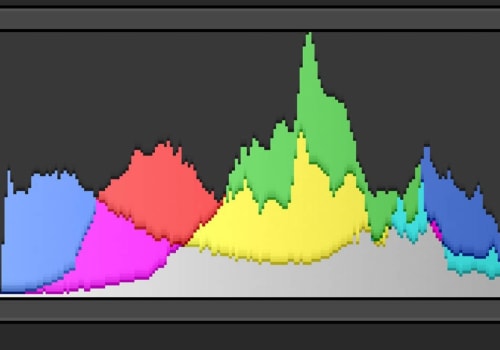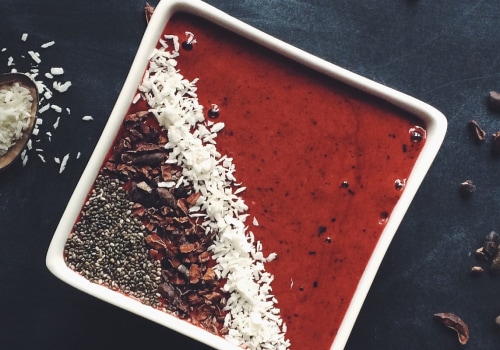Storytelling with still life shots is a powerful creative tool that can be used to capture stunning moments in time. It's an art form that requires careful composition and thoughtful use of light and color to convey a story through photographs. By exploring creative composition techniques like the Rule of Thirds, diagonal lines, and leading lines, you can create dynamic still life images that evoke emotion and tell a story. Whether you’re a professional photographer or an amateur enthusiast, storytelling with still life shots is an invaluable skill that can help you create beautiful, powerful images.
In this article, we'll explore why storytelling with still life shots is so important and share some tips and tricks for creating compelling stories with your photos.
Composition
When it comes to telling stories through still life photography, composition is key. The careful placement of each subject, the angles from which they are shot, and the colors used all contribute to the story being told. For example, a simple still life shot of a plate of food can be used to tell a story about home-cooked family meals, while a more complex composition can be used to illustrate a more complex narrative. The elements of a still life composition should all work together to create a unified visual story.Each element should be carefully chosen and arranged in order to emphasize the story being told. The background of the scene is often the first thing people notice in a still life composition, as it creates the overall atmosphere of the image. The colors, textures and lighting all help to create a mood and set the tone for the rest of the image. The subjects in the scene should be placed in an aesthetically pleasing way and should be arranged in a way that emphasizes their importance to the story.
For example, if you are telling a story about home-cooked family meals, you may want to arrange the subjects in a way that suggests closeness and familiarity. Finally, the lighting of the scene is also very important. The right lighting can help to create drama and atmosphere, drawing attention to certain elements of the image. The use of shadows and highlights can also help to add depth and texture to an image.
Post-Processing
Post-processing techniques such as color adjustment and special effects can be used to enhance your still life shots and help them tell a story.Color adjustment can be used to create a desired effect, such as making your shot look brighter or more saturated. Special effects, such as overlays, filters, and textures, can also be used to add another layer of depth and emotion to your shot. It is important to remember that post-processing is a tool to help you create the image you want to create, rather than an end in itself. When it comes to post-processing your still life shots, it is important to keep in mind the goal of the image.
Do you want the image to be bright and cheerful? Or do you want it to be dark and moody? Post-processing can help you achieve the desired effect by adjusting the colors, adding overlays, and more. It is also important to remember that post-processing should be used sparingly. Too much post-processing can make your images look unnatural or overprocessed. It is best to focus on enhancing the elements that are already present in the image, rather than trying to add new ones.
By using color adjustment and special effects in post-processing, you can create stunning still life shots that tell a story. With careful consideration and experimentation, you can take your still life shots to the next level.
Lighting and Angles
Lighting and angles play a crucial role in creating an engaging still life shot. Different lighting techniques and angles can be used to create a unique atmosphere, evoke emotion, and tell a story.For example, backlighting can be used to create a dreamy and ethereal look, whereas side lighting can create a more dramatic feel. The use of shadows can also be used to emphasize certain aspects of the composition. Moreover, using different camera angles such as low-angle, high-angle, and bird’s-eye view can help to add depth and perspective. It is important to experiment with different lighting techniques and angles to find the best combination that will bring your story to life.
By carefully selecting the right lighting and angles, you can create a stunning still life shot that will captivate your audience. By combining creative composition techniques with thoughtful storytelling, you can create stunning still life shots that draw viewers in and leave a lasting impression. Light, angles, and composition are key elements to consider when setting up the shot, and experimenting with post-processing can help you add an extra level of dynamism to the image. Take your time when setting up and shooting, pay attention to detail, and don’t forget to experiment with post-processing for an even more dynamic image. Storytelling with still life shots is a great way to express yourself through photography.
With the right tools and techniques, you can create beautiful, meaningful images that will leave a lasting impact on the viewer.








Leave a Comment